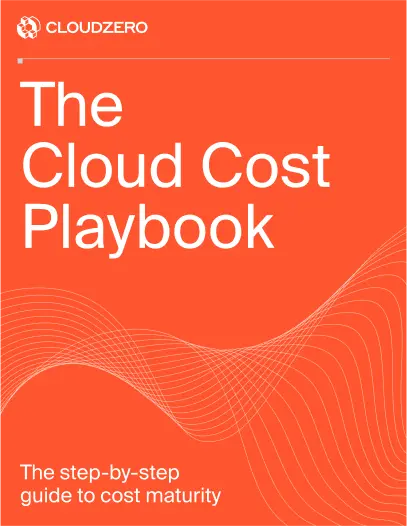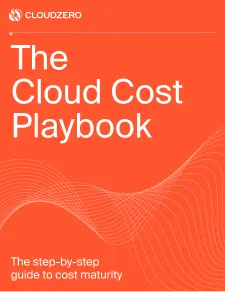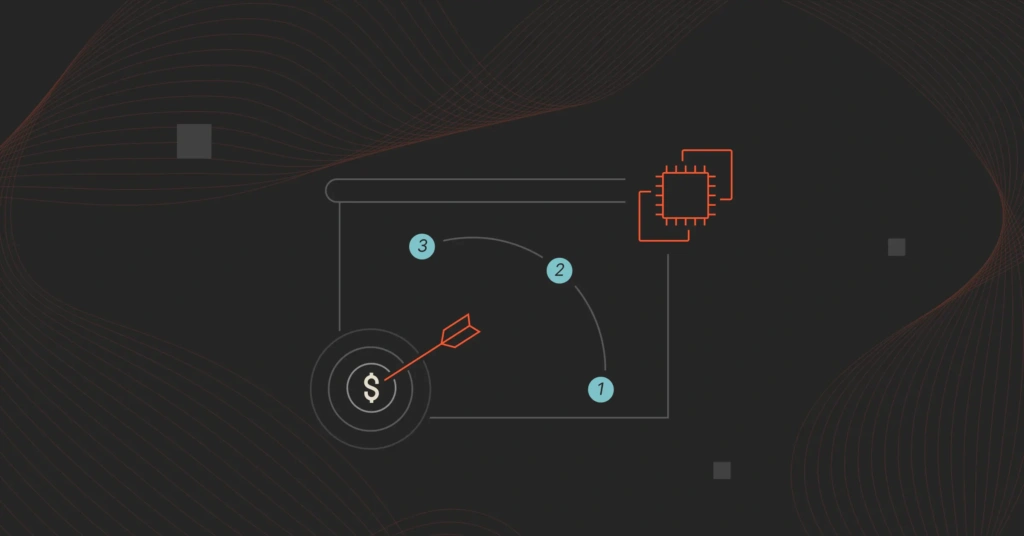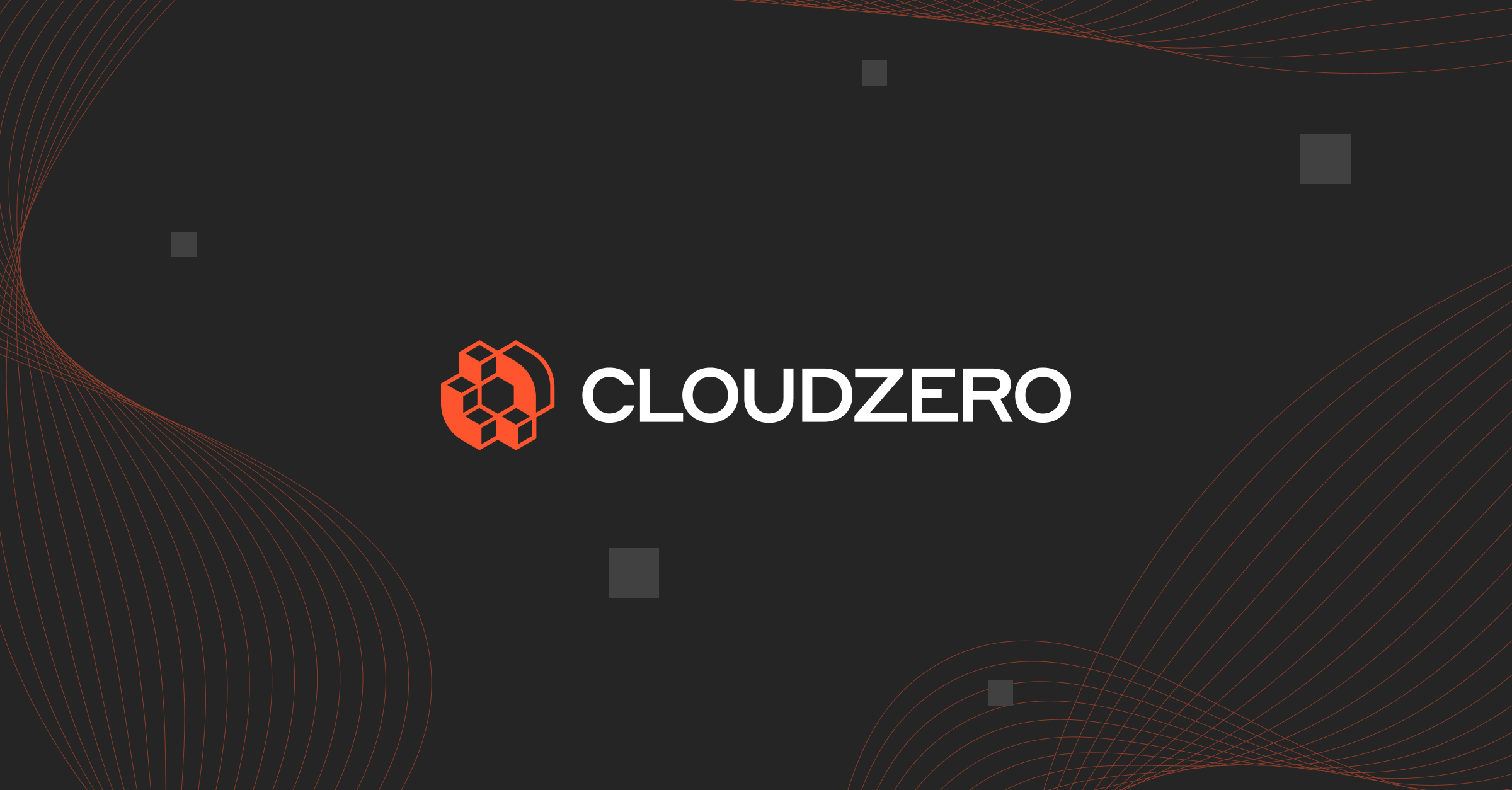When rideshare drivers talk about a “side hustle”, they mean working a few hours on weekends to make extra cash. That’s fine for pocket money, but it’s catastrophic when the “hustle” is controlling your cloud and AI spend.
Right now, too many companies run FinOps the way they run the office coffee pot: A volunteer refills it when things look empty. A platform engineer checks AWS Cost Explorer on Fridays; finance glances at a spreadsheet before quarter close; someone copies tips from Reddit about “reserved instances.”
That’s quarter-time governance for a budget line that’s outpacing salaries, office leases, and even marketing in many companies.
The cracks are already visible:
- AI sticker shock. One enthusiastic prompt can torch five-figure GPU bills overnight, long before procurement can approve a bigger budget.
- Missed commitments. Reserved Instances purchased in a panic sit idle because no one monitors utilization.
- Shadow services. Teams spin up Snowflake, Databricks, or LangChain experiments on corporate credit cards; finance sees the charge months later.
Barriers To A FinOps Focus
In truth, there’s no mystery about why many companies haven’t gone beyond “side hustle” mode. After helping hundreds of organizations bring in CloudZero’s platform to support their FinOps journey, we’ve identified several common (but addressable) reasons.
For one, ownership of the FinOps function is frequently unclear. It slides between finance (who lacks AWS or Azure fluency) and engineering (who lack a P&L mandate), so actions to understand cloud costs stall.
Additionally, there’s often no executive or board support for a FinOps mission — a huge barrier we help companies get over all the time (see: 5 FinOps Slides To Show At Your Next Board Meeting).
Finally, many companies see FinOps as a low-ROI initiative, so the urge is strong to resist real investment in people, process, and technology (we have a compelling answer for the ROI question).
Is FinOps Your Hobby? Ask These 3 Questions
Treating FinOps as a hobby doesn’t just waste money, it warps product strategy. If you don’t know the cost of a feature, you can’t price it, defend its margin, or decide whether to kill it. And those are just some of the challenges you face.
Without FinOps, rising cloud and AI budgets translate directly into runaway waste, blown forecasts, and stalled innovation. Some 84% of organizations say managing cloud spend is their top cloud challenge. That same research shows that 32% of the typical cloud budget is pure waste.
Plus, all this is happening while companies are expected to grow cloud spending by 28% or more this year.
So ask yourself: Is our FinOps program a side hustle?
Here are three litmus tests:
- People: Do we have at least one named owner whose full-time OKR is cost efficiency?
- Process: Does every new service pass a cost design review the same way it passes security?
- Technology: Can any stakeholder answer “How much did Feature X cost us yesterday?” in two clicks?
Start Here To Make FinOps A Competitive Advantage
If you answered “no” to any, it’s time to level up. Start here:
- Appoint a FinOps lead with executive backing. Titles vary (FinOps manager, FinOps analyst, cloud financial analyst, cloud/AI efficiency program manager) but ownership cannot.
- Codify a cadence. Weekly anomaly reviews, monthly optimization sprints, quarterly unit-economics tune-ups.
- Deploy purpose-built tooling. Spreadsheets break at scale; platforms like CloudZero surface per-tenant, per-feature, and per-GPU costs in real time, no vague math or guesstimates required.
- Automate the easy wins. Commitment automation, clear tagging policies, and guardrails for AI inference keep humans focused on strategic decisions, not bill parsing.
- Tie savings to goals. Reinvest recovered dollars into innovation and velocity: faster CI runners, larger models, better customer experience.
FinOps done right isn’t overhead; it’s a competitive advantage. The teams that professionalize it now will out-innovate and out-price those still moonlighting in cost control. Which side of that ledger will you be on?








